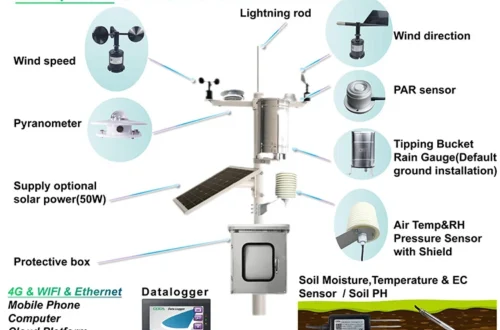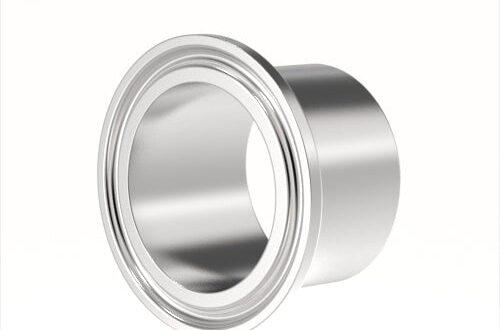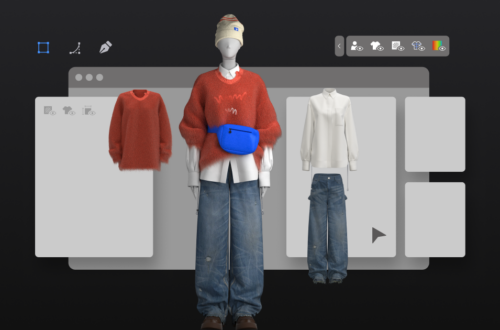Rain Gauge: Measuring Precipitation for Accurate Weather Data

# Rain Gauge: Measuring Precipitation for Accurate Weather Data
What Is a Rain Gauge Used For?
A rain gauge is a meteorological instrument designed to measure the amount of liquid precipitation (rainfall) that falls over a specific area during a set period. It provides essential data for weather forecasting, agriculture, hydrology, and climate research. By tracking rainfall, scientists and farmers can better understand weather patterns, predict potential flooding, and manage water resources effectively.
Types of Rain Gauges
There are several types of rain gauges, each with its own method of measuring precipitation:
- Standard Rain Gauge: A simple cylinder with a funnel that collects rainwater into a measuring tube.
- Tipping Bucket Rain Gauge: Uses a small bucket that tips when filled with a set amount of rain, recording each tip electronically.
- Weighing Rain Gauge: Measures precipitation by weighing the collected water, useful for snow and freezing rain.
- Optical Rain Gauge: Detects raindrops using infrared or laser sensors, often used in automated weather stations.
How Does a Rain Gauge Work?
Rain gauges function by collecting precipitation in a designated container. The collected water is then measured either manually or automatically. For example:
Manual Measurement: A standard rain gauge requires a person to read the water level in a graduated cylinder after a rainfall event.
Automatic Measurement: Electronic rain gauges, like tipping bucket models, record data digitally and transmit it to weather stations or databases for analysis.
Importance of Rain Gauges in Weather Data Collection
Accurate rainfall measurement is crucial for multiple applications:
- Agriculture: Farmers rely on rainfall data to plan irrigation and crop management.
- Flood Prediction: Meteorologists use precipitation data to forecast potential flooding and issue warnings.
- Climate Studies: Long-term rainfall records help scientists analyze climate change trends.
- Water Resource Management: Governments and organizations use rainfall data to manage reservoirs and water supply systems.
Choosing the Right Rain Gauge
When selecting a rain gauge, consider factors such as:
- Accuracy: Some gauges provide more precise measurements than others.
- Durability: Gauges should withstand harsh weather conditions.
- Ease of Use: Manual gauges require regular checks, while automatic ones offer convenience.
- Cost: Prices vary from simple, inexpensive models to advanced electronic systems.
By understanding the purpose and types of rain gauges, individuals and organizations can make informed decisions about monitoring precipitation for better weather insights.
Keyword: what is a rain gauge used for


